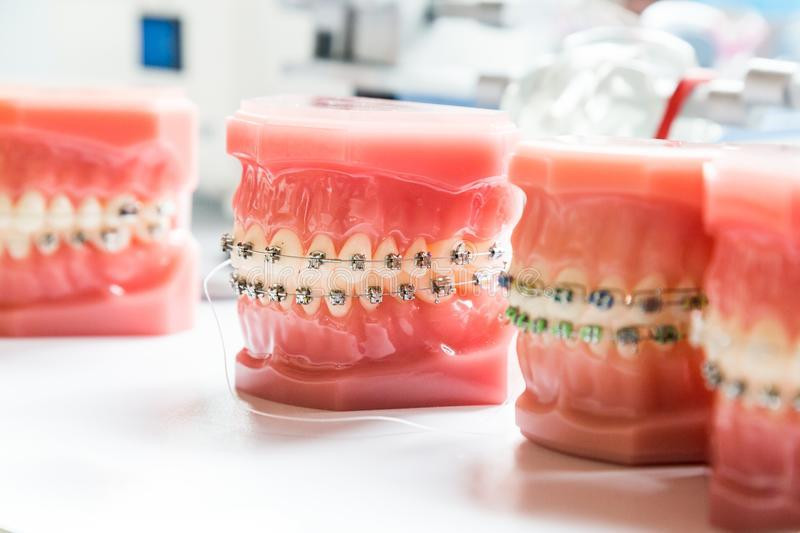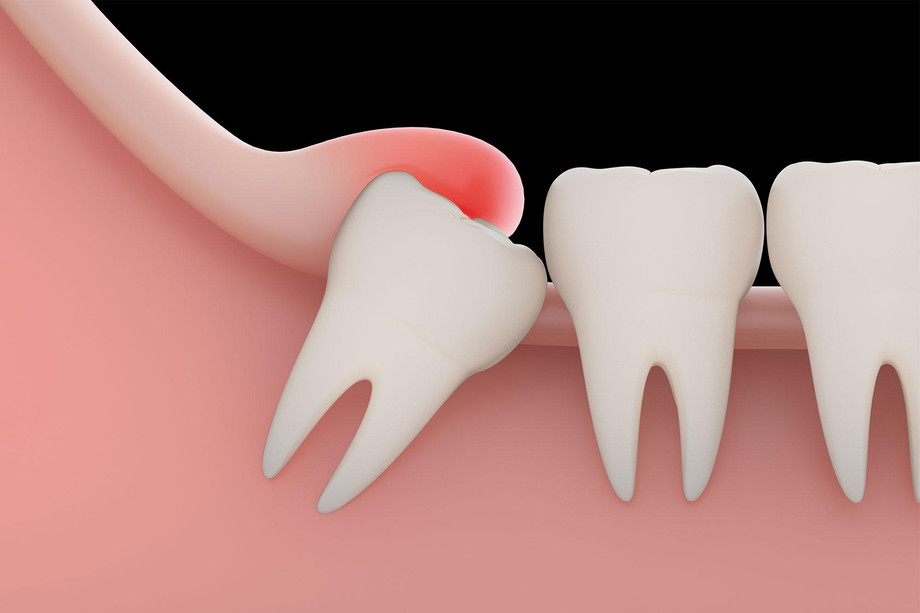People with a small infection can have a mild dental abscess if left untreated can be progressive affecting not only the mouth but also the whole body. The first stage of a tooth abscess starts on the exterior surface of the tooth on the protective coating called enamel.Â
Â
Bacteria that grow inside the mouth start to attack the enamel and slowly and eventually it becomes weakened resulting in a hole. People may experience mild pain at this time. In such a case visit the dentist near me.
When the tooth infection progresses to the second stage within the dentin, the bacteria release acids reaching deeper and deeper into the tooth. When it reaches the innermost layer of the where the root and nerves supply the tooth with life-giving blood. Once bacteria reach the nerve, you will experience severe pain in the tooth. As a result, you won’t be able to perform daily activities normally. Since bacteria multiply very fast, they can invade surrounding tissue, ligaments, and bone. Such a condition requires treatment from a dentist’s office near me.
In the advanced stage, the germs enter the bloodstream within the tooth and may enter the remaining body where they affect other organs. This condition may result in sepsis or an infection in the bloodstream causing death and infection, if not treated timely.Â
Visit the Emergency Dentist Near Me for the consultation.Â
Types of dental abscess:
Periapical- this is the most common type and usually starts in the center of the tooth. Tooth decay erodes the protective enamel of the tooth allowing bacteria to invade the pulp of the tooth causing infection.
Periodontal- usually develops as a complication from gum disease. Gum disease can cause the gum to become slightly detached from the tooth causing pockets to form which can become filled with bacteria forming the abscess.
How can an abscess be treated?Â
Before you see the dentist open near me, take over-the-counter painkillers such as paracetamol or ibuprofen. Once you see a dentist, to relieve the symptoms dentists usually drain the pus either through lancing the abscess or by drilling a small hole in the tooth to allow the pus to escape. Sometimes antibiotics are prescribed for a few days to clear any infection that remains. Call the best dentist near me if the pain in a tooth is severe.Â
Further treatment for a periapical abscess is root canal treatment which will save and restore the damaged inner part of the tooth. If the infection expands even after root canal treatment the dentist may have to perform a tooth extraction. Visit DDS near me for the execution of the treatment.Â
Further treatment for a periodontal abscess includes, once the pus is drained, smoothing the root surfaces of the tooth, encouraging the pocket to disappear so that infection doesn't return.
Once the abscess has been treated what is the outlook?Â
Generally good, usually the tooth is saved. However, if left complications can be severe, the abscess can burst onto the skin of the face creating a sinus tract (channel) that can discharge pus. Complications are very rare, but if they do occur they can be life-threatening including:
Osteomyelitis- an infection of the nearby bone
Sinusitis- infection of the sinuses
A dental cyst
Cavernous sinus thrombosis- this is a very serious infection causing blood clotting of blood vessels in the brain
Can a dental abscess be prevented?Â
Yes by good oral hygiene with regular tooth brushing and flossing in addition to a good diet with low levels of sugar intake and regular dental checkups.
Article Source : https://emergencydentisthoustonblog.blogspot.com/2021/08/abscess-tooth-what-are-different-stages.html


